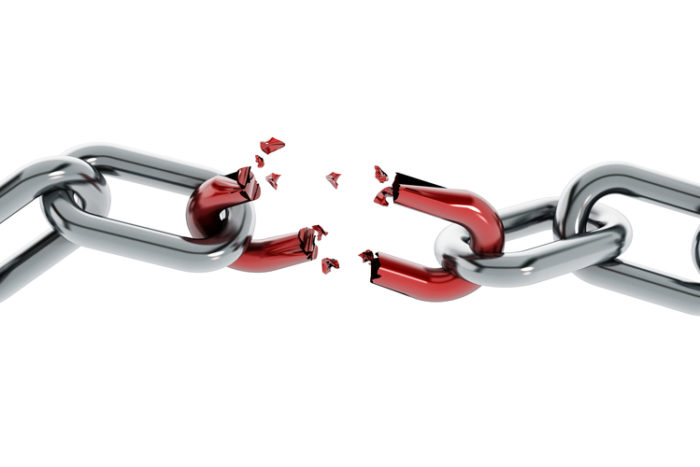
How To Increase Web Traffic
There are a number of ways to increase web traffic but some of them will hurt your business more than they will help and other ways are little-known tricks that can take your business to the next level. Before proceeding, a word to the wise, steer clear of “black hat” marketing methods, paying companies that promise to send a bunch of traffic, spamming, or buying backlinks to your site. These methods decrease credibility, destroy your search engine ranking, and are a waste of money. On that note, let’s review some positive ways to increase web traffic to your site:
- SEO (Search Engine Optimization)
- PPC (Pay Per Click advertising)
- Social Media
- Remarketing
- Material Branding
- Affiliate Marketing
These are probably the most efficient and cost-effective ways to drive traffic to your website but there are likely other creative ideas you could come up with as well to drive awareness of your business. That being said, let’s review each of the above ideas in more depth:
SEO – Search Engine Optimization
What it is: SEO, or search engine optimization, is a long-term, reliable way to drive free traffic to your website while increasing business awareness. It’s the process of optimizing a website in order to increase its position on search engines which allows it to show up in more searches on the first page where more users will see and click on it.
How it works: SEO involves optimizing a website to encourage better search engine ranking. This involves a number of things including:
- On-page optimization
- Off-page optimization
- Social media
On-page optimization involves customizing the content of the website in order to make it easier for search engines to read and understand what your website and business are all about. It also involves creating unique, informative content that is helpful to your audience while also being relevant to your industry. There are a number of other things that make up on-page optimization, such as internal linking, meta tags, sitemaps, calls to action, etc…
For assistance with professional SEO, contact the best SEO company by clicking here.
Off-page optimization primarily consists of link building, which is, essentially, talking about your business on other websites and linking to your website.
Social media, which we’ll go into more detail on later, involves keeping in touch with your clients via social media platforms like Facebook and Twitter. Search engines will pay attention to how involved you are with your followers and how many followers you have on these social media platforms, which means you need to keep your followers involved and interested so they don’t leave and also so that more will start paying attention.
PPC – Pay Per Click Marketing
What it is: PPC marketing is advertising, most commonly used on search engines, that allows you to target specific keywords or websites and show an ad for your business, at which point if a user clicks on your ad you are then charged a fee.
How it works: Most common program used for PPC advertising is Google AdWords, but there are other services, such as Facebook, which will allow you to advertise your business and only pay when someone clicks on your ad. The beauty of PPC advertising is that it can be extremely targeted to your appropriate audience while only costing you something if and when someone clicks on your ad and goes to your website.
Google AdWords allows you to choose specific keywords or websites you want to advertise on, then you can create a text or image ad to be shown. For instance, if you’re a plumber in Miami, you may target keywords like “Miami plumbing services” or “Miami plumbing company” and when someone who is looking for a plumber in your city types in one of those phrases on Google, your ad will show up.
Facebook, on the other hand, doesn’t target keywords per se, but they do keep a close eye on the goings-on of all its members. This gives them very specific information about every user, what they do for a living, how much money they likely make, what their hobbies are, their age, gender, and so much more. This allows you to advertise, again on a pay-per-click model, to specific demographics, targeting users who are more likely to be interested in your business and buy from you or become a lead. For instance, if you sell women’s makeup, you may target the demographic of women from the age of 18 to 45, or on the other hand, if you sell expensive jewelry for women, you may target men between the ages of 25 and 65 who make $100,000+ a year and may want to buy their loved one some nice jewelry.
Social Media Marketing
Social media is one of the most cost-effective methods of increasing web traffic. Social marketing involves setting up social networking accounts for your business and periodically providing your followers with updates, special promotions, or other information about your business. Social media marketing is essentially free, as the different platforms typically don’t charge to have an account. The most common platforms are:
- Google+
- YouTube
- Blog
These social networks will allow you to keep in touch with your potential customers, receive feedback, increase business awareness, and promote your business. Social marketing will also help to improve your search engine ranking and increase your web traffic. Also take advantage of other free programs to increase your web traffic like Google Places for local businesses, any free business directory, etc…
Remarketing
What it is: Remarketing is a method of advertising your business to people who have already visited your website. It’s extremely cost-effective, increases conversion rate, and increases customer retention.
How it works: Now, you may be saying, “how is advertising to people who have already seen my website going to help increase my web traffic?”. Well here’s the deal, most people upon visiting a website for the first time are not going to convert into a customer, so while it’s great to get a lot of traffic to your website, it’s also extremely important to make sure those people come back and make a purchase or contact you. Remarketing works by setting a tracking cookie on each person’s computer when they visit your website. It will then allow you to show ads to those people as they surf the website, showing your ads on different websites that they go to. You then only get charged if the customer clicks on your ad and goes back to your website, which typically means that they are now ready to sign up or make a purchase.
Remarketing increases the credibility of your business by making you seem like a huge brand that every website wants to display, while in actuality, you’re just following that user around the web and showing your ad only to them wherever they go. Remarketing will also increase your web traffic by reminding your previous visitors to come back to your site when they are ready to move forward with their purchase or service request.
Material Branding
Ever seen someone with a t-shirt with a cool design or logo which advertises a website address? You’ve probably seen them all over the place and while you may or may not have actually attempted to look up that website address, there were people who did. Branding, not only your logo but also your website address on your company clothing, pens, vehicles, etc… will increase awareness of your business as well as awareness of your website. Some customers may not even know that you have a website but when they see it next to your logo, they’re likely to check out your site and may even recommend it to their friends, write positive reviews, or use it to make their purchases which lowers your overhead. Material branding never hurts to do and can also help increase web traffic, so there’s no reason not to do it.
Affiliate Marketing
What it is: Affiliate marketing is like an outsourced sales team. You pay other people a percentage, a gift, discount, or royalty for sending you business. Kind of like a referral program but on a higher scale.
How it works: Online affiliate marketing works by encouraging other people to send traffic to your website for the promise of a certain payment. For instance, you could say that for every new customer that your affiliate sends you, you’ll pay them $30, or perhaps you’ll give them 10% of the order. The great thing about affiliate marketing is that you only pay when you actually make a sale or acquire a lead. On top of that, though, you’re also increasing awareness of your business and getting traffic sent to your website for free unless they sign up or make a purchase.




